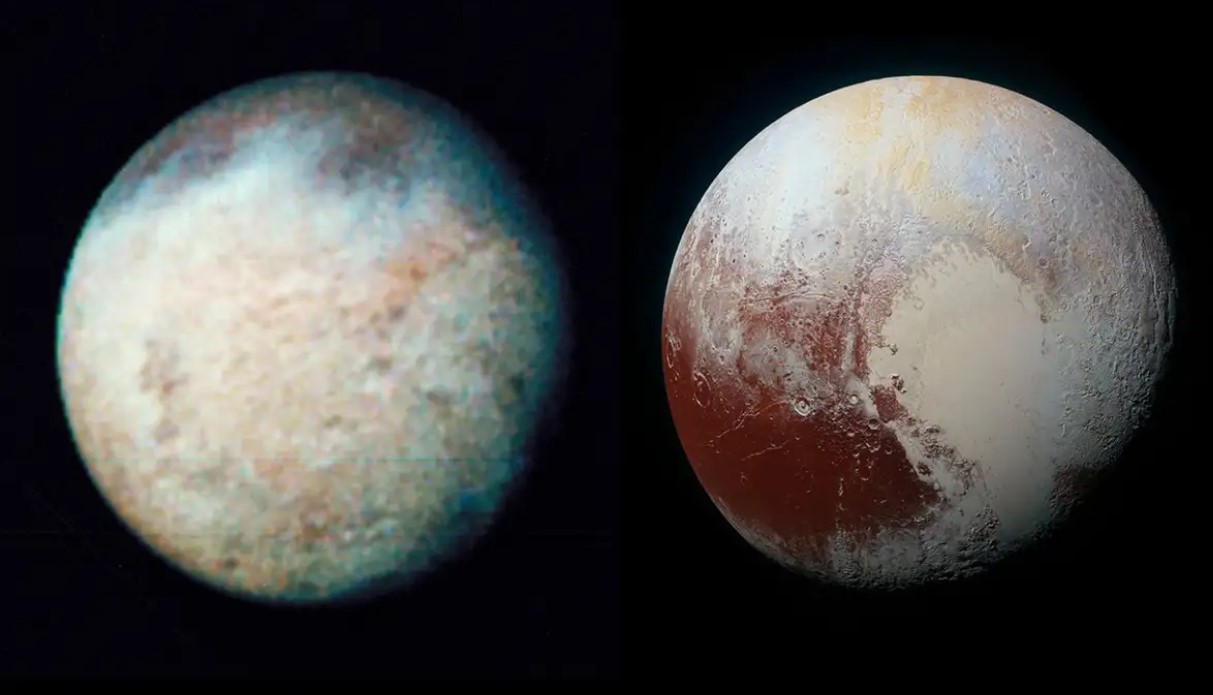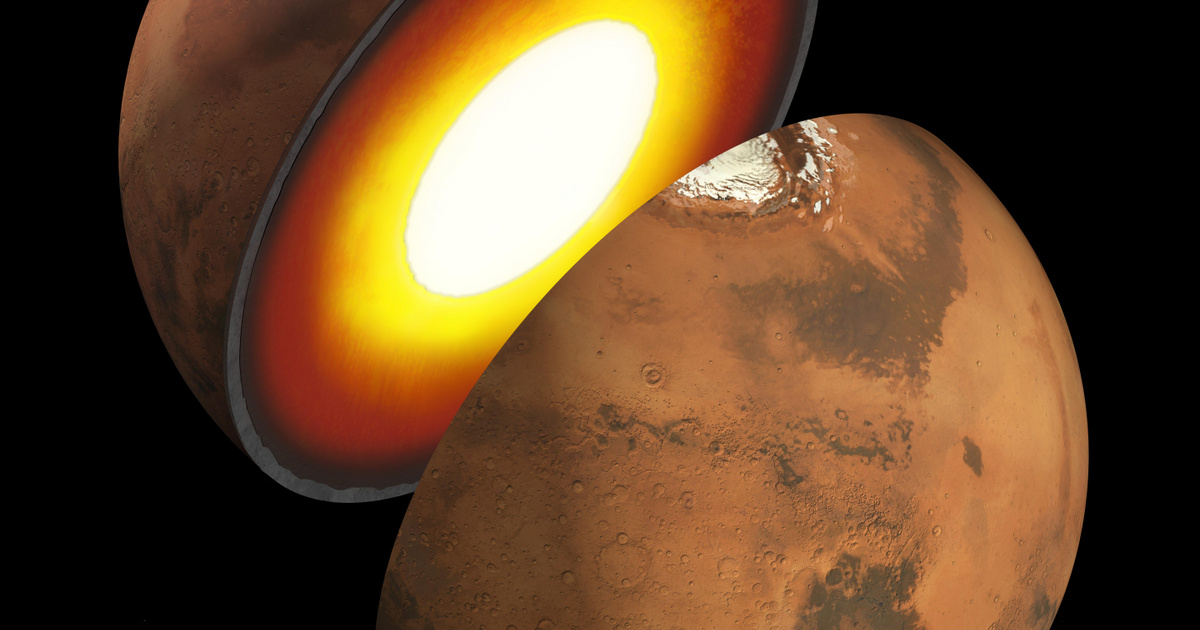Mars’ core is made of liquid iron mixed with large amounts of sulfur and oxygen. All of this was revealed from data collected during the four-year operation of NASA’s InSight geological research probe.
Scientists first discovered the Earth’s core in 1906 by observing seismic waves passing through it
said Vedran Lekic, a geologist at the University of Maryland.
More than a hundred years later, we are beginning to apply our knowledge of seismic waves to Mars. With the help of InSight, we got to know the center of Mars and learned what makes Mars so similar, yet so different, from Earth
he added.
With today’s technology, we get a kind of x-ray sound image from earthquake waves. The waves radiate from the earthquake and propagate within the planet, and as they travel, they refract through and reveal materials with different properties.
During its relatively short operation, InSight has detected hundreds of Martian earthquakes, allowing scientists to build up a detailed picture of the planet’s interior. A map of the planet’s core shows that the interior of Mars is not as dead as previously thought.
The dynamo is missing
InSight has recorded two significant events in 2021. One was an earthquake larger than ever before, and the other was a meteor impact. Both happened on the far side of the probe’s red planet, so the instrument was able to repeatedly observe how seismic waves pass through the core, revealing the density and compactness of the materials here.
Unlike Earth, which has a solid core inside a liquid and a denser solid core inside, Mars’ entire core is liquid. The Martian core also contains a large percentage of light elements, and sulfur, oxygen, carbon and hydrogen make up a fifth of its mass.
The core of the Red Planet is less dense than that of the Earth, and this has serious consequences: therefore, there is no magnetic field for Mars. The magnetic field protects the surface of our planet from cosmic radiation and prevents the atmosphere and water from evaporating into space. Mars today is a gloomy and dead planet due to the lack of an internal dynamic.
With high-tech seismometric equipment developed on Earth, experts have not only revealed the internal structure of an alien planet for the first time, but based on this, we can describe the history of Mars and provide a clue in determining whether planetary alien star systems are suitable for supporting life.
Galactic to Mars! From May 2, only on the index.













































